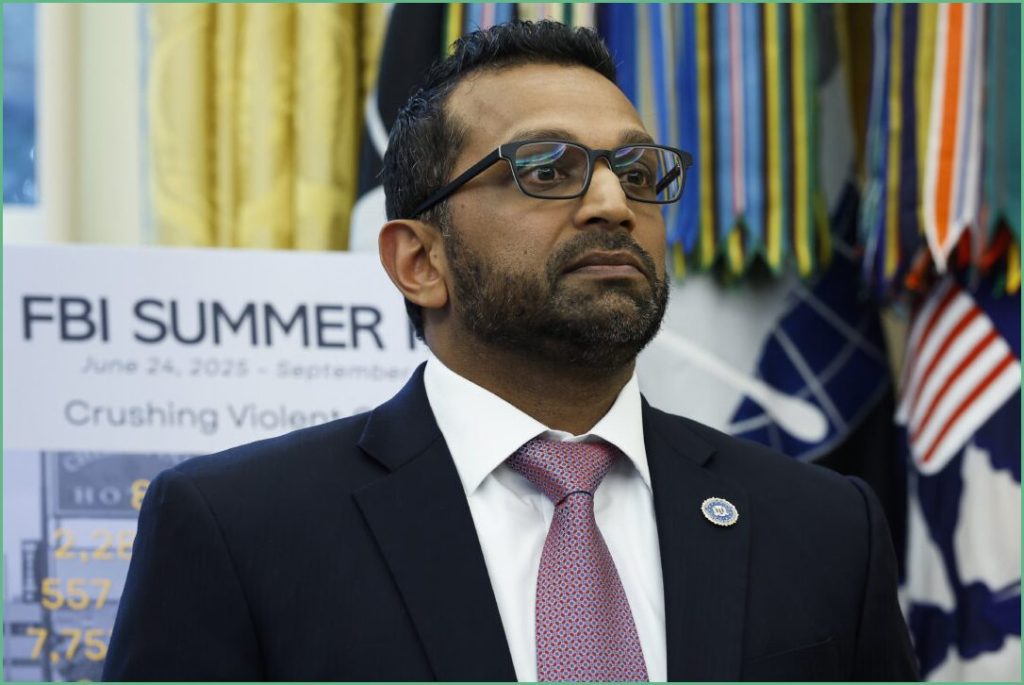Trump and Patel: Program Drives Arrests and Cuts Crime
City streets felt different when federal agents and local police leaned in. Neighbors reported calmer nights, merchants noticed fewer break-ins, and leadership said tougher tactics were working. That shift started conversations about restoring law and order.
President Trump and FBI Director Patel say the program led to more than 8,700 arrests and a 20 percent drop in crime. Those numbers, if accurate, represent a clear return on prioritizing public safety and backing officers in the field. For conservatives who have argued that policing matters, the results are a vindication of aggressive, coordinated action.
This effort was framed as a test of focused enforcement and federal support for communities under siege. It moved beyond slogans and into boots on the ground, with prosecutors and investigators targeting repeat offenders and organized crews. The GOP view is simple: enforce the law, protect citizens, and the rest follows.
Supporters stress that real safety improves everything from local business activity to school attendance. When people feel safe, they go out, spend, and invest, and neighborhoods start to heal. Republicans argue that prioritizing crime reduction is not partisan, it’s practical.
Critics will point to civil liberties or call for rethinking strategies, and that debate matters. But it is reasonable to weigh rights against the right of residents to walk their streets without fear. The political argument now is about balance, and Republicans are pushing for firm backing of police.
Backers want to turn this pilot into a model that other cities can copy, pairing federal muscle with local knowledge. They see a playbook in coordinated sweeps, swift prosecutions, and resource-sharing that can be scaled. Lawmakers in conservative circles are already talking about funding and legislative support to replicate it.
There’s also a messaging win for the party; showing voters that promises on safety translate into measurable change helps close the gap between rhetoric and results. It brings law-and-order themes into November contests with a concrete example. That resonates with voters who have felt left behind by soft-on-crime policies.
Implementation questions remain, like how to preserve civil rights while sustaining pressure on criminal networks. Oversight and clear rules of engagement will be part of making a national rollout politically acceptable. For now, supporters say the test demonstrates what happens when policy is clear and enforcement is consistent.
The human side is visible: fewer terrorized shopkeepers and families sleeping better without late-night sirens. Those stories are powerful, and they drive local political decisions faster than abstract statistics ever could. Republicans are using these human stories to sharpen their law-and-order case.
If federal and local leaders keep backing officers and prosecutors, the argument goes, safer streets will free up economic growth and civic life. That is the simple conservative pitch: order, accountability, and consequences beat chaos. The next political move will be to cement those results into policy and funding choices.
To sustain momentum, Republicans say funding must match the strategy, not just background rhetoric. That means targeted investments in training, technology and prosecutorial capacity so arrests translate into convictions and fewer repeat offenders. It’s about building systems that keep communities safe long term.
Transparency will make or break public confidence, so reporting standards and independent oversight should be set from the start. When the public sees clear metrics and fair reviews, support grows and abuses are less likely to be tolerated. Republicans can lead on both accountability and results.
The coming months will test whether the program’s gains can be institutionalized beyond a headline-grabbing operation. Lawmakers should move quickly to codify support, fund what works, and insist on safeguards that keep communities and civil liberties protected. For Republicans, turning success into durable policy is the next job.



